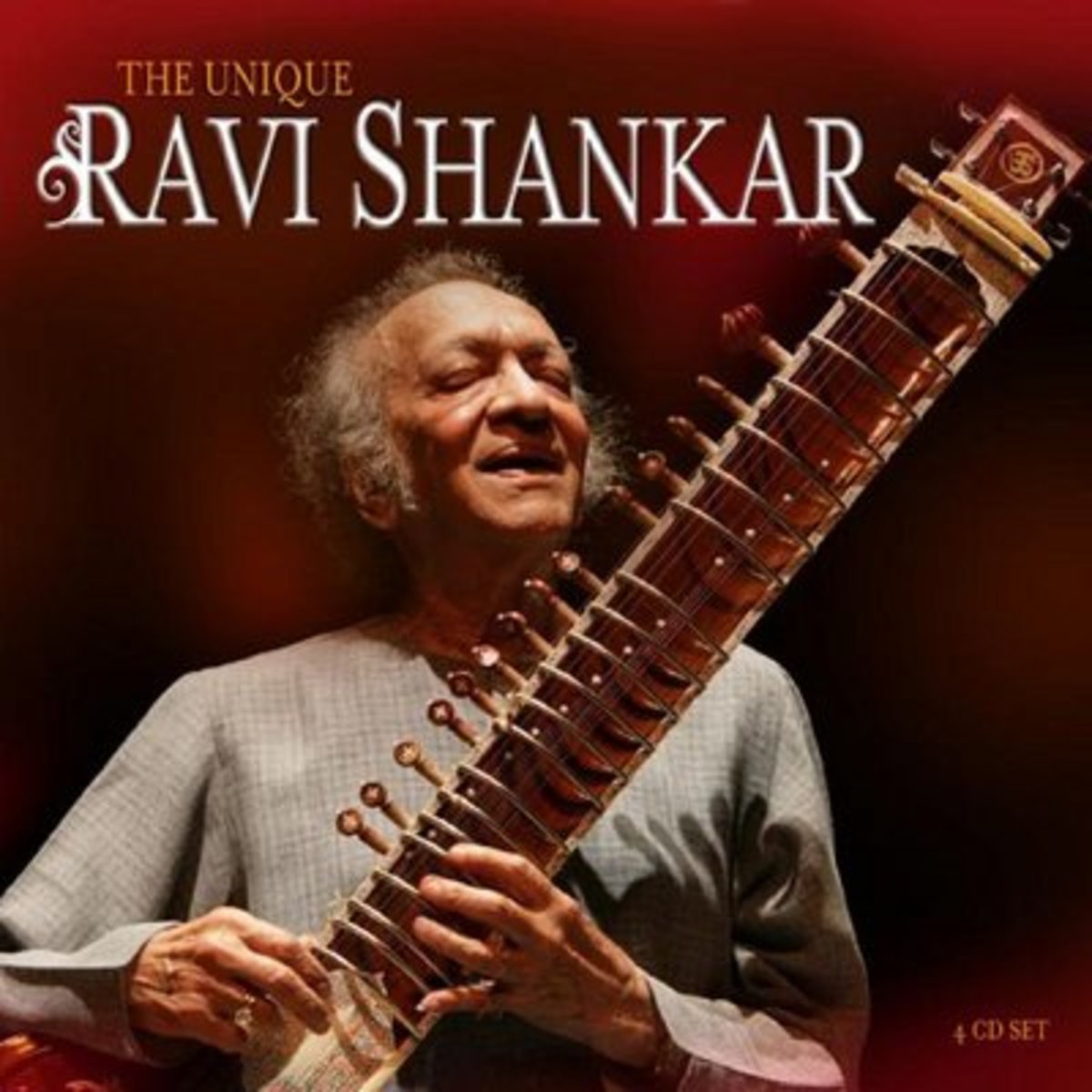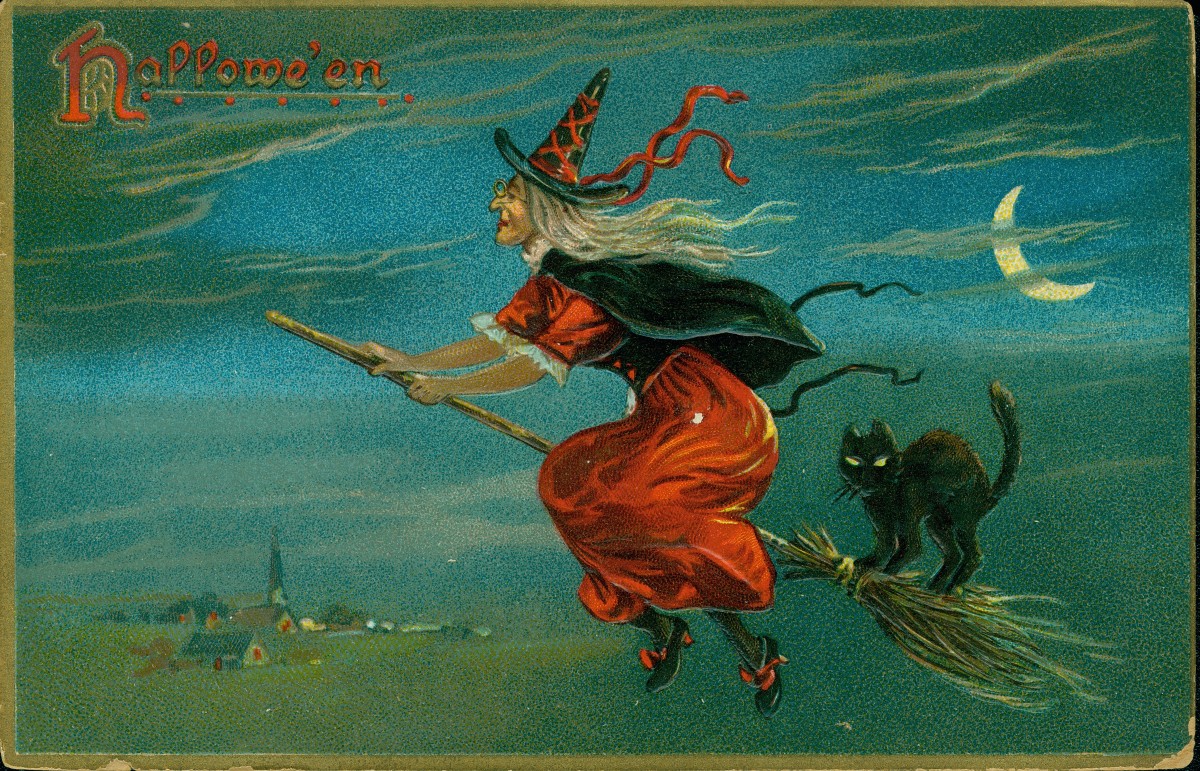Explaining Beethoven's Music: 7th symphony, Allegretto
Play this, then read to experience the magic.
Allegretto
Ludwig van Beethoven started writing his 7th symphony in 1811 while he was visiting the Bohemian spa town of Teplice, trying to improve his health. It was finished in 1812 and dedicated to Count Moritz von Fries. The premier was in Vienna at a charity concert on December 8, 1813. Beethoven conducted it himself and it was received so well that the concert had to be repeated three times in the following ten weeks. The Symphony has four parts, each referred to as a movement. The favorite of the crowd was the second movement, called Allegretto. It was encored.
The instrumentation for this movement, the number of instruments on each part, is sparse, in that there are few musicians needed. It only requires a pair of each of these instruments; flutes, oboes, clarinets, bassoons, French horns, trumpets, and a tympani (five large, low sounding drums). There are also strings instruments involved. Regardless, it is ironic, the complexity and contrast present in this piece with only a handful of musicians.
This piece is characterized as being a dance piece, often without melody, but with constant forward motion. The movement is in the key of A minor for the most part, but switches to A major occasionally. It is slower than the other movements, which we are told this by its name, Allegretto, means “a little lively” in Italian. The dynamic, or volume, changes add much to the texture of the piece, having some instruments play louder than others at different points in the music. The song starts very soft and builds gradually, with the volume and number of instruments playing slowly increasing, until it peeks to the climax when all the instruments play the repeated ostenoto - a reoccurring rhythmic figure of quarter note, two eighth notes, and two quarter notes in minor chords at fortissimo, meaning very loud, denoted in the music as ff. In the video it occurs at 6:07. The surge of energy and sound lasts for only seven measures, and then goes back to piano, which means soft and denoted by p. My favorite part is when this same rhythm structure is passed up and down the score to different instrument groups over a number of measures, at time 7:13.
Right before the climax though, the music builds and is emphasized by the tympani playing a different rhythm from the rest, very strongly, just before all the instruments’ sounds grow powerful at 6:05. Then the Allegretto quiets down and slowly fades into the same unstable chord it began with. This tends to set a certain mood, which is utilized often by movies.
This movement is a beautiful piece of music and Beethoven himself said it was “one of [his] best works”. It has contrast in volume and intensity, and it engages the listener for the entire eight minutes. I love how music can help us know how to feel during a movie or play, or how it can cheer us up or help us to realize our sadness and cry.



